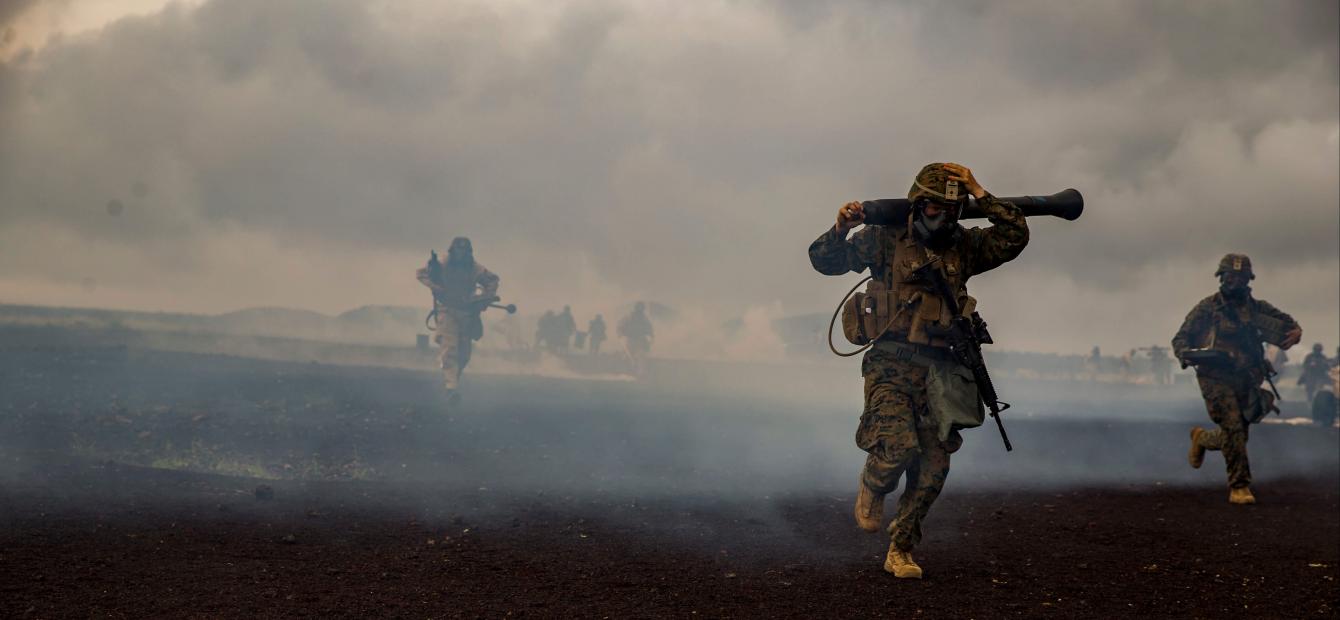
The Crisis in Arms Control: What Crisis?
Arms control appears to be in a state of crisis. This Clingendael Spectator series explores the different dimensions of this global challenge. This introductory episode provides an oversight of the most important recent developments in arms control. What crisis are we exactly talking about?
The US and Russia have recently pulled out of the 1987 INF treaty on intermediate nuclear forces, a landmark treaty that paved the way for the end of the Cold War. Even worse, both countries announced the development of spectacular new weapon systems. Meanwhile, ambitious China tries to portray itself as a non-aligned player and refuses to join current arrangements. In a world increasingly characterised by competitiveness rather than restraint, we could be witnessing a crisis in arms control.
People worry about the state of play for arms control and many indicators seem to prove them right. But before determining what lies behind these worries, it is necessary to have a closer look at the very concept of arms control. Absent a universally accepted definition, it may be helpful to establish what we want to talk about when addressing arms control’s ‘crisis’ – and what not.
In essence, arms control concerns efforts to control or limit the number of weapons and the ways in which they can be used in order to preserve, enhance or restore international peace and security. Specifically, it concerns the restriction of the development, production, stockpiling, proliferation, distribution or usage of weapons.1
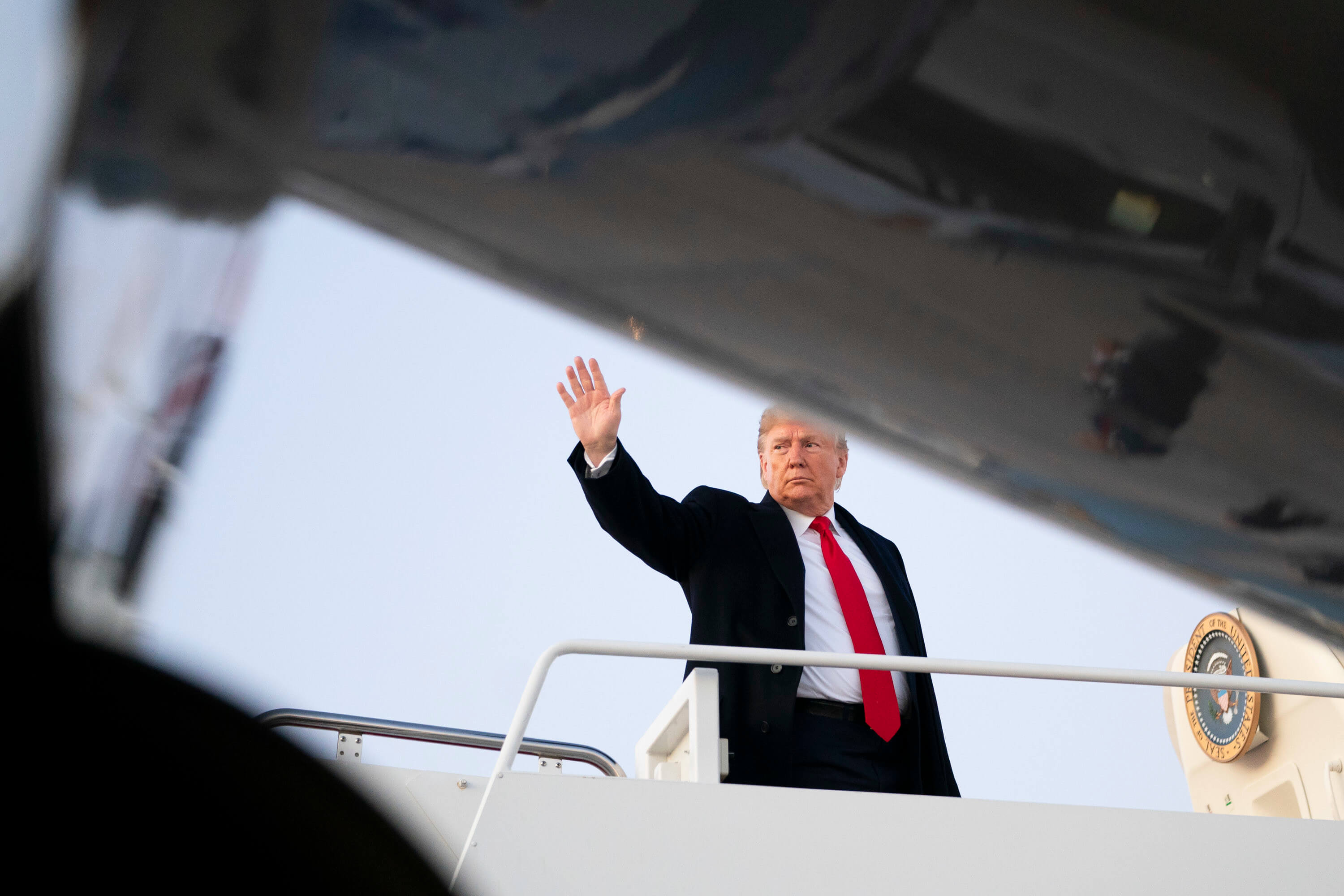
Disarmament and non-proliferation are often mentioned in conjunction with arms control. Although associated, these are separate categories.2 A similar association is made with Confidence and Security Building Measures (CSBMs), which are instruments that ‘contribute to reducing the dangers of armed conflict and of misunderstanding and miscalculation of military activities.’3
Finally, arms control may be coupled with topics such as export control regimes, arrangements concerning arms trade, management or destruction of ammunition stockpiles or trafficking of small arms and light weapons.
Several of the major arms control agreements are essentially about limiting weaponry. This Spectator series therefore focuses on aspects of disarmament and non-proliferation in arms control. Furthermore, whereas the well-known arms control treaties are often about the statics of military capabilities (e.g. numbers, locations), CSBMs rather oversee the dynamics of armed forces (e.g. manoeuvres, exercises).
It therefore seems logical to consider these three areas - disarmament, non-proliferation and CSBMs - together, while leaving the more technical export control and trade regimes aside.
Why arms control?
One might argue that several provisions of international law, in particular international humanitarian law, govern situations of armed conflict and the use of weapon systems. Why then bother about additional arms control in the first place?
Through more specific dedicated agreements, arms control tools can contribute to enhanced security where international law may not
Indeed, international law says a lot about conflicts and wars but these obligations are often general in nature and difficult to enforce. Besides, technological developments in warfare and the introduction of new strategies and doctrines generate demands for more specific dedicated agreements, including related consultation mechanisms. This way, additional arms control tools can contribute to enhanced security.
Important purposes of arms control are disarmament and stability, but the objective may also be to sustain a competitive advantage.4
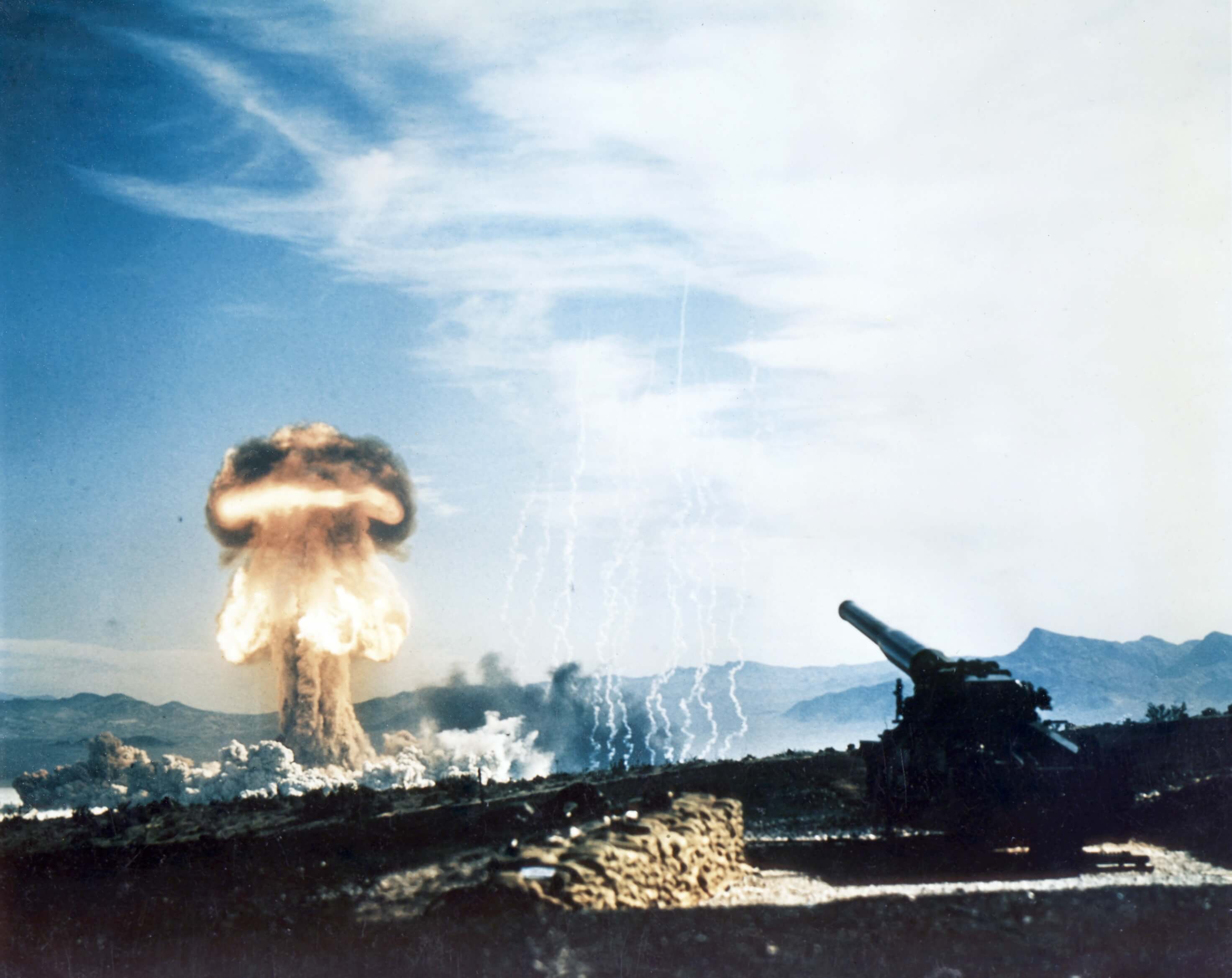
Disarmament serves obvious goals. Bearing Chekhov’s famous observation in mind that if in the first act there is a rifle hanging on the wall it should go off before the play is over: fewer weapon systems, relocating them or banning entire categories is likely to reduce risks (and in the case of chemical and bacteriological weapons to mitigate moral scruples).
Bilateral or multilateral efforts to regulate the use of weapons - including inspection, verification and reporting mechanisms as well as the establishment of diplomatic fora to discuss compliance issues - are likely to foster more stability or to decrease tension in conflict situations.
Finally, while in arms control the emphasis is on concepts such as ‘peace’, ‘stability’ and ‘collective’ or ‘cooperative’ security, arms control may also contribute to these overall goals by codifying a military advantage of those who seek to maintain the status quo. The Non-Proliferation Treaty of 1968, which distinguished between five nuclear haves and other have-nots is an example of this approach.
International agreements, whether legally or politically binding, are ultimately only as strong as concerned parties allow them to be
Contrary to popular belief, arms control arrangements do not prevent intentional conflicts or wars. International agreements, whether legally or politically binding, are ultimately only as strong as concerned parties allow them to be.
Still, where arms control in a wider sense indicates a shared interest to avoid armed conflict, it should be militarily significant, as binding as possible and verifiable.
With regard to this latter rubric of verification, inspection or observation regimes – requiring joint preparation, execution and evaluation of outcomes – one might argue that these serve as CSBMs within arms control treaties and documents.
Frequent military-to-military contacts that result from these arrangements are important to foster an atmosphere of trust and will, ideally, help to avoid surprises and misunderstandings and therefore contribute to stability and security.
Some history
It may be tempting to trace arms control back to ancient times since warfare, and efforts to avoid, or at least manage, its effects have been a permanent feature of recorded history (‘...and they shall beat their swords into ploughshares’, as an early conversion proposal reads in the Old Testament book of Isaiah).
But arms control as we know it gained prominence during the 20th century, in the wake of ever more devastating conflicts and the development of more advanced military capabilities.
Russian Tsar Nicholas II convened the Hague Peace Conferences of 1899 and 1907 ‘on behalf of disarmament and the permanent peace of the world’ which, among other things, produced declarations on topics such as prohibiting the discharge of projectiles and explosives from balloons, or the use of asphyxiating gases and expanding bullets.
Later on, the League of Nations (as its successor the United Nations) would promote disarmament and related international law while the 1925 ‘Geneva Protocol’ treaty banned chemical and bacteriological methods of warfare after the horrors of World War I.
It was during the Cold War that the big era of arms control kicked off
But it was during the Cold War that the big era of arms control kicked off, in particular during the 1960s, after the nuclear stand-off in Cuba, and the 1970s. First, the United States and the Soviet Union agreed on limiting nuclear testing and then proceeded to sign a series of formal agreements limiting nuclear offensive and defensive weapons.5
These advances took place against the backdrop of a period of relative détente. In the early 1970s this generated the Conference on Security and Cooperation in Europe (CSCE) which the Soviets had been proposing for a longer time, and which culminated in the Helsinki Accords of 1975.
This period also saw the beginning of negotiations on Mutual Balanced Force Reductions (MBFR), the military equivalent of the political CSCE process concerning conventional arms. Earlier, in 1967, NATO allies had rallied around the findings of the so-called Harmel Report (commissioned after France left the organisation’s military structures) which advocated a dual-track approach of maintaining a credible deterrence while simultaneously seeking to improve East-West relations.
This report provided the framework for NATO countries to engage in arms control, non-proliferation and disarmament, based on shared interests with the Soviet Union.6
Categories
The best-known arms control instruments pertain to nuclear weapons. Most people will be aware of the now defunct INF treaty: the breakthrough agreement signed by Reagan and Gorbachev in 1987 that eliminated intermediate (or ‘mid-range’) missile systems.
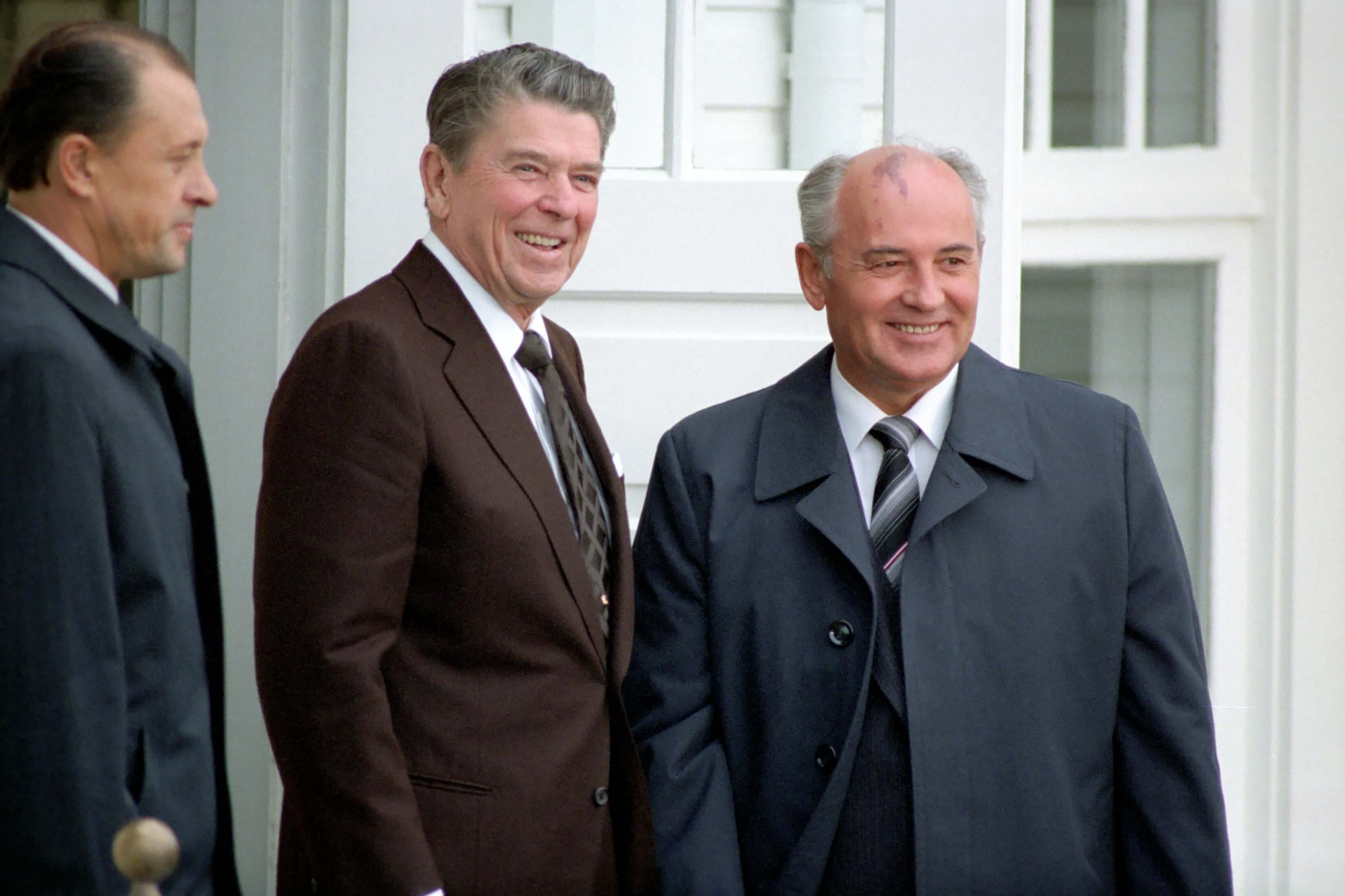
Undoubtedly, this has to do with the fact that nuclear agreements involve military superpowers and dramatic summitry, as well as with the awesome capabilities of these weapons. Although nuclear weapons have only been used once, at the end of World War II, most people will be able to conjure up images of nuclear arms’ devastating impact – or will have seen movies portraying the effects of nuclear attacks or accidents.
Although the likelihood of employment of nuclear weapons is still remote, the risk of deliberate or accidental use remains
This attention is warranted, because despite substantial disarmament programmes after the Cold War, the world (which now counts nine nuclear haves) is still replete with these weapons and current modernisation schemes of the US, Russia and China are causes for concern. Although the likelihood of employment of nuclear weapons is still remote, the risk of deliberate or accidental use remains.
However, the prominence of nuclear arms control should not keep us from addressing other weapon systems. Supplementing the Geneva Protocol, the Biological Weapons Convention (the first treaty banning an entire category of weapons) entered into force in 1975 but is still lacking some African and Middle Eastern memberships and to date has not produced a robust verification regime.
The Chemical Weapons Convention entered into force in 1997 and has been largely successful, although the Syrian army is widely believed to have used chemical weapons as recently as 2018. This despite Syria’s accession to the Convention in 2014 and the formal completion of a UN-monitored destruction programme of its stockpiles in 2016.
With improvements in speed, range and precision, the impact of conventional arms borders on the capabilities of mass destruction weapons
Meanwhile, with improvements in speed, range and precision, the impact of various conventional arms borders on the capabilities of mass destruction weapons. Besides, the emergence of dual-capable delivery systems (such as missiles that may carry both conventional and nuclear warheads) adds to the blurring of traditional qualitative lines between categories.
Finally, one should realise that apart from the occasional use of banned chemical devices, all ongoing conflicts are fought with conventional arms (just think of current theatres like Syria, Yemen or eastern Ukraine).
Despite all the talk about new forms of warfare, worries about cyber capabilities and an arms race in space, these armed conflicts involve battle tanks, armoured vehicles, heavy or light artillery and troops wielding automatic rifles.
Crisis, what crisis?
The answer to the question whether it is justified to speak of a crisis in arms control must be a resounding yes. Apart from the abovementioned demise of the INF treaty, the prospects for extending ‘New START’ (the 2011 US-Russia treaty limiting strategic offensive nuclear forces that expires in 2021) look grim and for the first time since the 1960s we may soon enter a period without any nuclear arms control.
Challenges also exist in the conventional domain. In 2007 Russia suspended the implementation of the Conventional Forces in Europe treaty (CFE) and since 2015 no longer joins the group that discusses this instrument.
Secondly, the modernisation of the so-called Vienna Document (a catalogue of politically binding CSBMs among participating states of the Organisation for Security and Cooperation in Europe: the offspring of the abovementioned CSCE) is stalling.
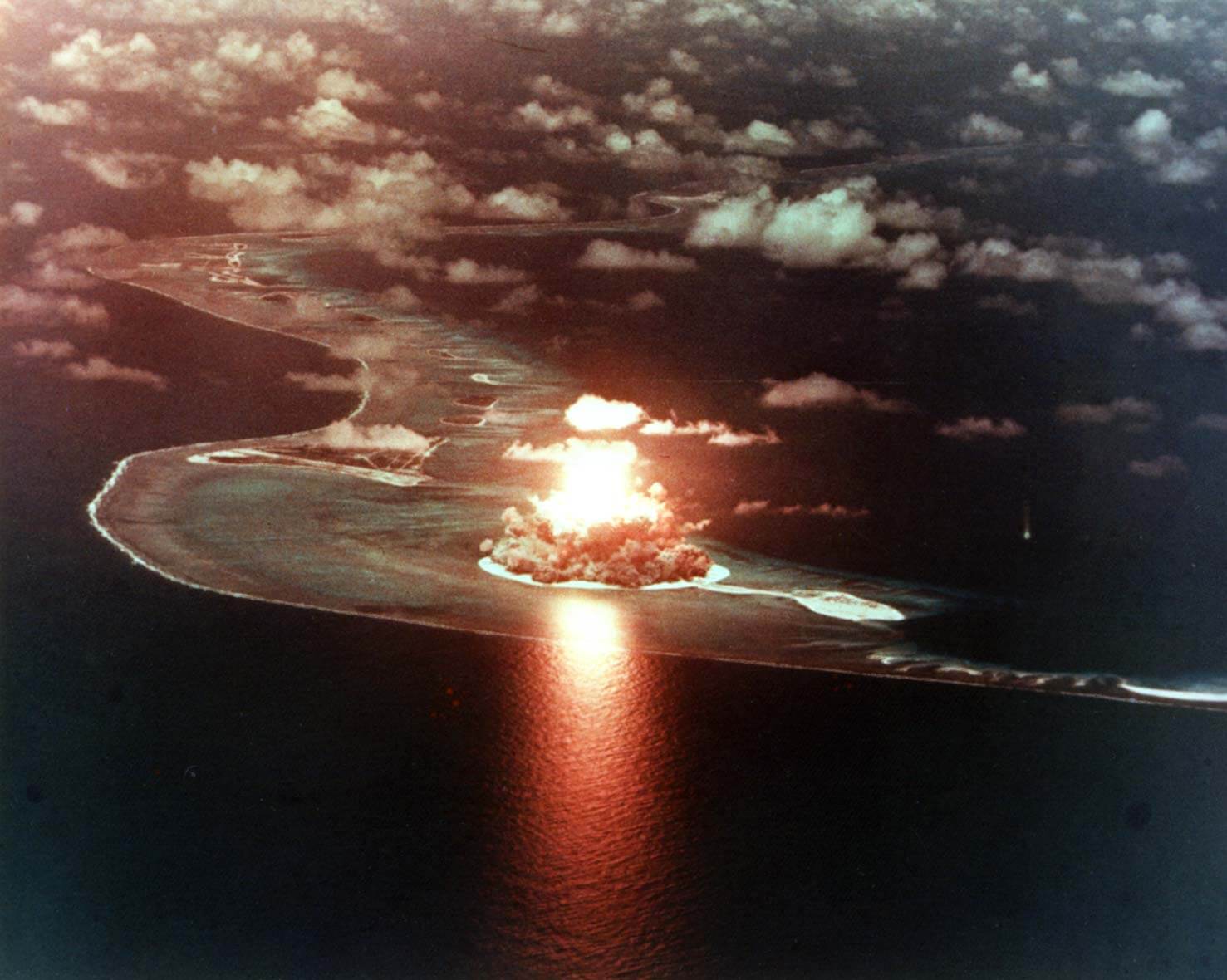
Finally, and only recently, the US has announced it may pull out of Open Skies: a treaty that entered into force in 2002 and allows its 34 members to conduct unarmed military observation flights over each other’s territories to verify arms control agreements.7
More generally speaking, arms control has always been a function of détente and great power restraint, and occurs in times of approximate parity between the main actors. Indeed, this observation bodes ill for the prospects of progress in this field since we are experiencing a period of great power rivalry and restraint has become a scarce commodity in international relations.
Uncertain times are bad times for arms control
The US is reneging on its global leadership role while stepping up its deterrence potential; Russia has reasserted itself internationally and is completing a military modernisation cycle and, therefore, not likely to allow for curtailments; and China, the new entry on the geopolitical scene, plays innocent while embarking on an ambitious armaments programme across all domains. Uncertain times are bad times for arms control.
In this hostile environment there is no other option for European countries but to keep trying to engage in multilateral arms control diplomacy. Although the Cold War has ended three decades ago, Europe is still where US-Russian animosities are played out and where NATO and Russian forces are deployed within shouting distance of each other.
All possible efforts should be made to include relative newcomers in the arms control discussion
At the same time, the world stage has become much messier than it used to be and all possible efforts should be made to include relative newcomers in the arms control discussion.
For the time being, negotiating new, legally binding treaties is highly implausible, but an effort should at least be made to keep an inclusive process ongoing. Perhaps by contemplating softer instruments such as guiding principles, best practices, codes of conduct or CSBMs.
Undoubtedly this will be an uphill undertaking and indeed, Europe’s normative track record in security and defence matters is modest, to say the least. Still, the increasingly erratic leadership of the US in NATO simply demands that European countries step up to the plate and come forward with fresh ideas that serve their collective security interests.
Arms control is a threat reduction instrument and, therefore, something to be taken seriously in a rapidly changing environment. That is an important notion to keep in mind before getting down to the various aspects of arms control in more detail.
- 1What is arms control?
- 2Look for instance at NATO definitions
- 3This is how the Organisation for Security and Cooperation in Europe describes CSBMs
- 4See for instance John D. Maurer, The Purposes of Arms Control (Texas National Security Review, Vol 2, Issue 1, November 2018)
- 5For an exhaustive overview of arms control and non-proliferation agreements, see for instance Congressional Research Service
- 6See the Harmel Report
- 7‘The Open Skies Treaty may be the next victim in a spiralling arms control extinction’, Bulletin of the Atomic Scientist




1 Reacties
Load comments
Arms Control Without Legs
An interesting thought provoking piece of work, and one can only but ask the question, what guarantee have we that a short exchange between two or more states using long range ballistics that are nuclear capable vehicles from occurring.
There is no guarantee and man's only ever two things, constructive or destructive.
Reactie toevoegen